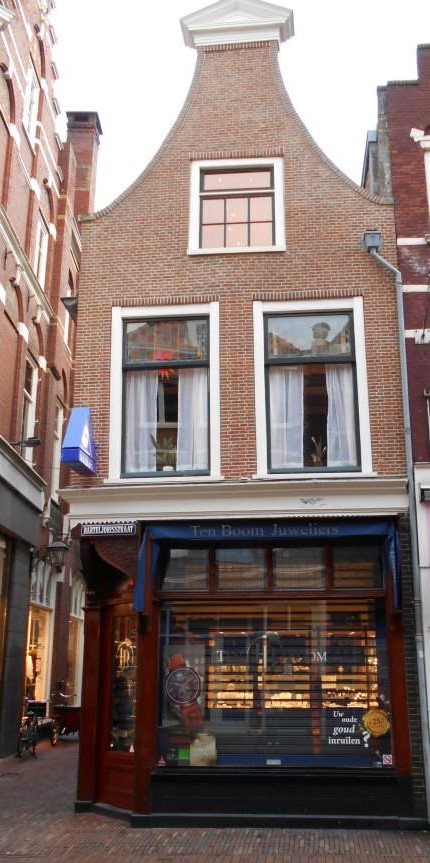
Travel Journal, 65
One of the most memorable (dare I say, best?) international trips that my wife and I have experienced was actually our first.
Though both my wife and I had ventured outside of the United States border before we were married, we did not take our first trip together until December of 2014. The plan to begin traveling around the world was not really a conscious decision. It happened naturally. We both settled into careers and found that we had the opportunity, means, and gumption to explore more of God’s Green Earth.
So, for a long weekend, we boarded a flight to Amsterdam in The Netherlands.
Unfortunately, Amsterdam gets a bad rap. When mentioning a trip to the Dutch city, many people will reference partying, legal (or at least easily accessed) drugs of all sorts, and the ever evil red-light district. But don’t sell Amsterdam short. Though the aforementioned frivolities prevail, Amsterdam boasts a deep culture and exciting history. Miles of canals coarse through the streets, like watery veins. The sheer number of bicycles will astound you. Great food and smiling faces await. The coffee scene shocks. And the architecture delights.
And though I’ve been to Amsterdam itself on other occasions, our first trip was to the smaller borough of Haarlem. It’s only a mere 30-minute train ride. We stayed at a lovely inn with a typical Dutch breakfast: assorted meats, cheeses, breads, muesli, yogurt, and, of course, coffee. We attempted to get some sleep, adjusting from a long flight, though we slept little.
But the next day, we had an appointment. Most people know Anne Frank. She and her family housed Jewish nationals who were persecuted by Nazi Germany in the early ‘40s. But the lesser known story is of a Christian watchmaker named Corrie Ten Boom drew us to Haarlem. Her family hid, housed, and trafficked Jews through their home and out of the country. Her home is now a museum.
I had emailed the Corrie Ten Boom house and asked for an English tour. To our delight, they accommodated. We spent three hours wandering the old home. She and her family had a false wall in the upper bedroom of the home. A little door popped out and they could fit six people inside this “hiding place.” If that were not enough, they procured fake IDs and papers, supplied food, and worked with the underground resistance to secure exit-passage for the persecuted people. The work eventually caught up with them. Their whole family was arrested and placed in Ravensbruck concentration camp—but not before they were able to save some 800 lives. Some of her family members died at the camp. But Corrie lived and was released.
Our time there was very memorable, to say the least. I think some of the best travels that a person can make is to a place of great importance. Whether it’s Ground Zero in New York City, the Alamo, the Great Wall of China, or a simple home with a false wall—the meaningful places stick with you, maybe even change you. The hiding place is definitely an important place.
If you have not read The Hiding Place by Corrie Ten Boom, please click below to get a copy. As I write this, the ebook is only $1.99. I promise it won’t disappoint.
anthony forrest
Leave a Reply